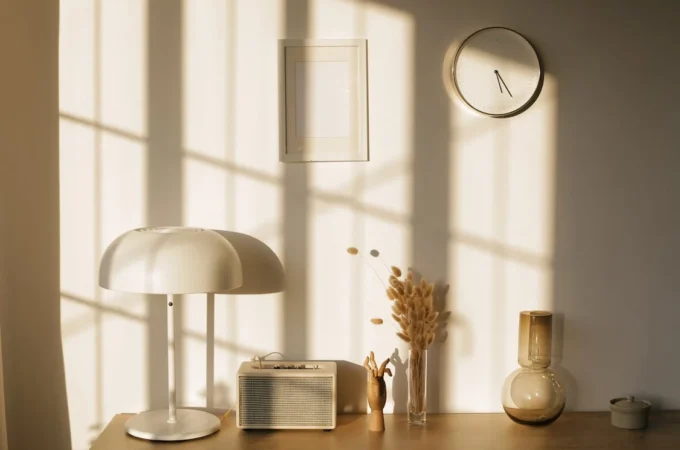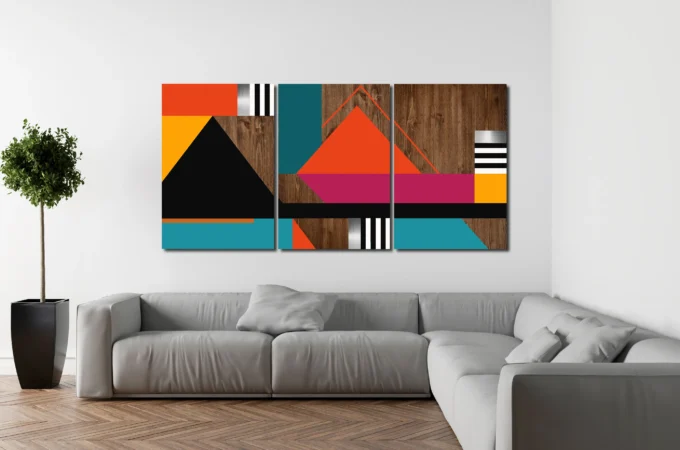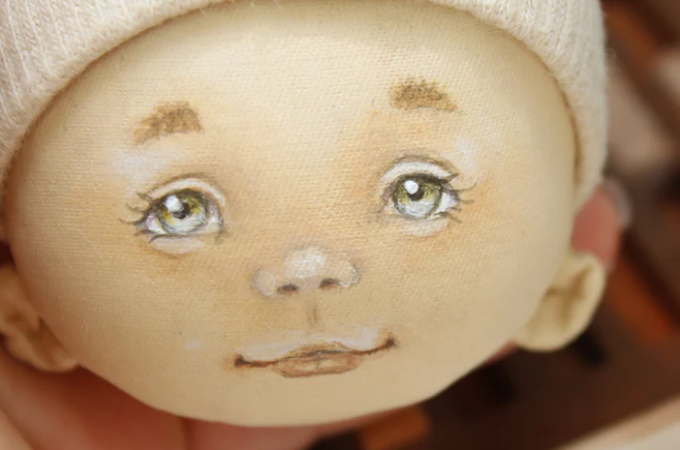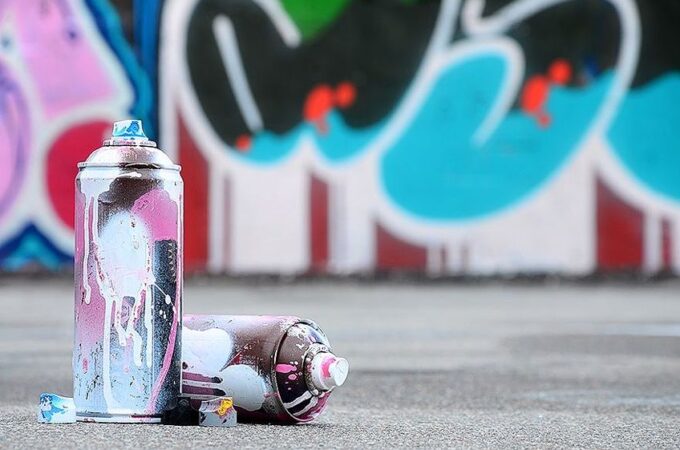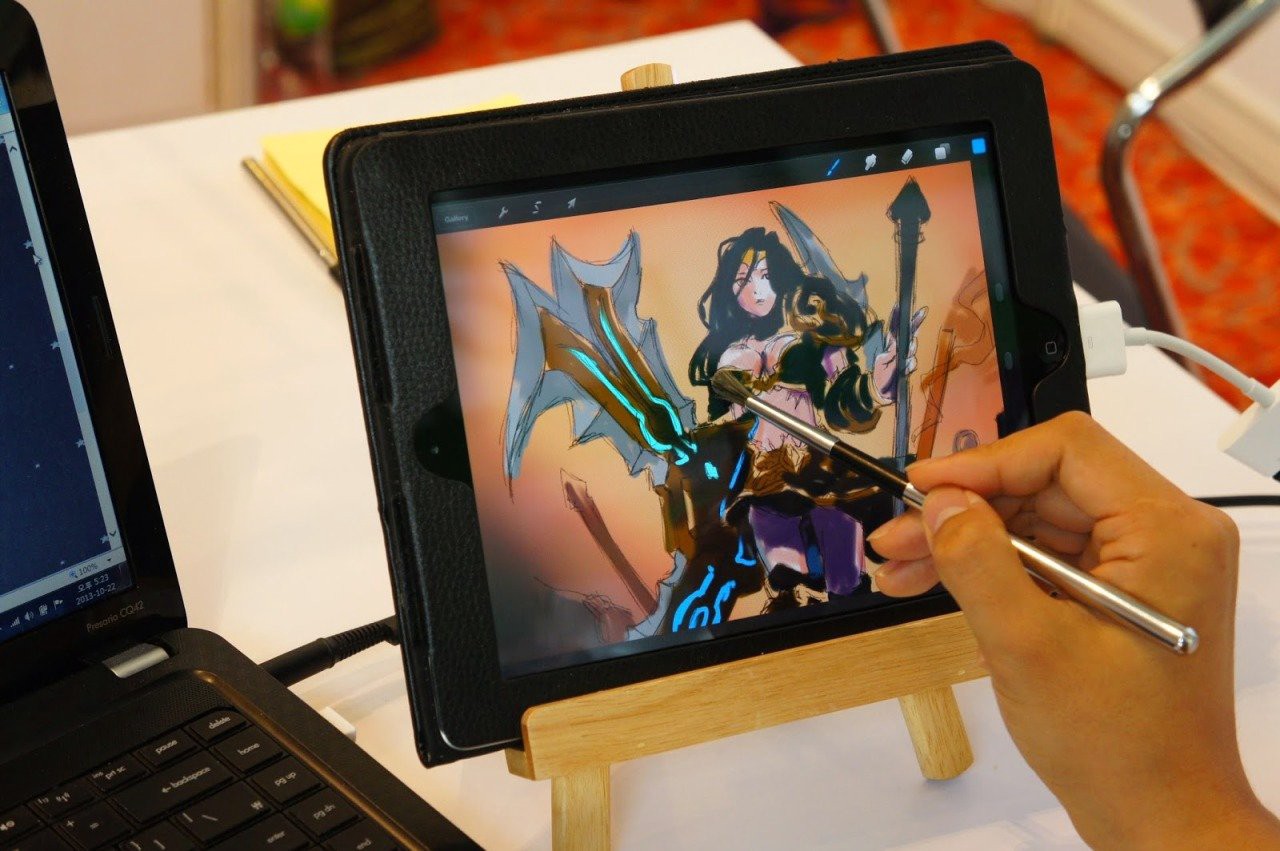
Digital Art – Drawing with a Laptop
All our traditional activities are gradually (and sometimes quickly) being replaced with digital forms. In many cases, this is an improvement as processes are quicker, less prone to errors, and cheaper too. However, when it comes to creativity, we may feel that something is lost by embracing the digital alternative. This is especially true of digital art versus traditional art. What are the advantages and disadvantages of each and what technology is required to make the shift to digital art? We answer these questions below.
The Advantages and Disadvantages of Traditional Art
Each piece of traditional art is an original. It cannot simply be duplicated, although criminals have studied rare works such as Rembrandt’s paintings intensely until they were able to produce a replica. Traditional artworks sell for insane prices because of this quality of uniqueness. Students study for years to learn the requisite skills, and apprentice under a master if they are lucky enough to find one who is willing to mentor them.
As the field shifts evermore to digital art, original works of art will likely become more sought after as their numbers diminish. At some point, we may not be able to view them outside of museums or on online sites.
The tragedy of this is that the ability to enjoy the tactile nature of art will be lost. Artists will be similarly affected as they no longer experience the feel of canvas and brush or fail to capture the depth and textures that they are looking for. In the same vein, traditional artwork does not lend itself to photography and prints seldom do justice to the original.
Traditional art requires planning, Mistakes cannot simply be deleted, and an error may mean starting a work from scratch. At the same time, it is an immersive activity that takes the artist to a special zone, separate from daily life. A dedicated art studio enhances this feeling of retreating to a private world and fuels creativity.
Original artwork takes up space for storing materials and tools of the trade. There is also a cost associated with these items. Artists have to mix colors to get the particular shades and tints that they want to reproduce as their palette is limited. Many traditional artists may feel that their work requires more skill and expresses greater creativity. On the other hand, digital artists can practice the seven traditional forms of art.
The Advantages And Disadvantages Of Digital Art
Digital art is also known as computer or multimedia digital art. It incorporates digital photography too.
It is easy to rectify mistakes when working on a digital piece of art by erasing or undoing errors. The product is cleaner, as there is no paint residue that can stain hands, and the piece is contained within an image instead of brushstrokes that go over the edge. It can be distributed as easily as sending a message.
Copies of digital works can be endlessly produced. This tends to lessen their value in the eyes of recipients and affects its pricing negatively compared to traditional art pieces.
Compared to traditional artists who escape to their studios and screen out disruptions, digital art can be frustrating with pop-up notifications, emails, and other interruptions.
Digital art has access to almost infinite varieties of tools. If you need something, you simply download it and continue working. The seemingly endless colour palettes eliminate the need to create the desired colours by mixing.
Beginner artists find digital art much easier to learn. Mistakes are quickly rectified and there is no time or cost involved in getting a new canvas or tools. Brushes do not need to be cleaned and there is no danger of spilling paints onto floors or carpets. The aspiring artist does not have to make space for a studio; they can even work sitting on a chair or from a cafe. Additionally, digital art platforms often offer tutorials to help beginners learn how to draw faces and other intricate details more effectively.
Digital artwork can be safely stored in the cloud or on an external hard drive for backup. It is thus not prone to damage or loss. It is also more convenient for collaboration by several artists on a single work.
Finally, if you are looking for work as an artist, the entertainment industry virtually only hires digital artists.

Shifting From Traditional Art To Digital Art
When shifting from traditional art to digital art, your most important tool is your PC or laptop. So, do you need to replace your existing hardware to enable you to take up drawing? This all depends on the specs of your existing device. A good indicator that you need to purchase a new laptop is if you experience frequent freezing or lagging. You may be able to add more memory, but some laptops are already at full capacity. While four GB of memory may be adequate, it is more likely that you will need at least eight GB.
While shopping for a laptop for drawing, it is important to specify to the assistant that you will be using it to create art, or the new device will not provide any advantages over your existing laptop or PC. Look at a Lenovo laptop for drawing to get an idea of your online options. You will need sufficient storage for your full portfolio, a processor that is fast so that you can show your work to potential clients without annoying delays, colour fidelity, and a screen with high resolution. It should also be reliable and durable. Remember that your requirements will differ from those of gamers or students.
Some experts recommend purchasing a Mac computer but there is no reason a Windows operating system on a laptop or PC will disadvantage you in any way. It is a matter of personal preference.
Specs for Your Drawing Laptop
You will work much better and sustain your creativity with the right device for your needs. It is helpful to have the required specs on hand when looking online or going into a shop to look for the perfect laptop for drawing.
Laptops and computers for drawing should match certain minimum specs. This includes eight GB of RAM, but ideally, you want 16 to 32 GB. Storage must meet an absolute low of 256 GB but preferably fall in the range of 512 GB to one terabyte.
Nowadays, you can get Full HD (high definition) or 4K UHD (ultra-high-definition) instead of simply an HD display. If you select an Apple laptop, they all come with Full HD resolution.
You will also need a fast graphics co-processor and the latest generation processor.
These requirements may result in you having to fork out more than you had planned to spend but laptops that comply with these specifications are sure to perform at the speed and with the desired functionality for drawing.
Software and Other Options For Digital Art
A touchscreen laptop has become commonplace where once it was seen as a luxury. This has resulted in prices coming down to where they are affordable for the average person. Many are provided with a stylus pen.
However, most digital artists are opting for a graphics tablet or design pad instead. This hardware has a flat, solid plastic surface. Other names for it are a drawing tablet, digital artboard, or pen tablet. By drawing with a stylus on this hardware device, the identical image is transferred to the laptop monitor or screen. It takes time to learn to operate perfectly but eventually becomes no different from drawing on a piece of paper using a pencil or pen. The position of the cursor is associated with the placement of the stylus on the tablet.
You will also need suitable software to use with your drawing laptop. Your digital artwork toolbox should consist of a PC, laptop, or Mac, a graphic stylus and graphic tablet, digital paintbrushes, a colour printer, and illustration software.
Illustration software is used to design digital images that can be printed. This software can create pictures, company logos, graphs, diagrams, charts, and cartoons. A photograph can also be imported to provide an outline for tracing objects.
Colour Printers For Digital Drawing
A colour printer is a necessity if you want to print out copies of your work and sell them. A giclee print is of better quality than the usual inkjet version.
Resolution refers to pixels per inch. The higher it is, the clearer your digital art will be and the more detail it will show. Most colour printers are designed to print at a resolution of 300 dpi. This is perfectly adequate and going higher will not provide much of a gain on bigger-sized prints.
The paper you use for printing will depend on whether you want a matte or glossy finish. The latter is preferred if your work contains text. Regardless of which one you opt for, coated paper will keep the image from becoming dull and too much ink soaking into it.
It is not clear whether digital art will replace traditional art entirely over time. However, with increasing digitalisation and rapid developments in technology, you can be sure that digital art will start to approach the heights of traditional art.
